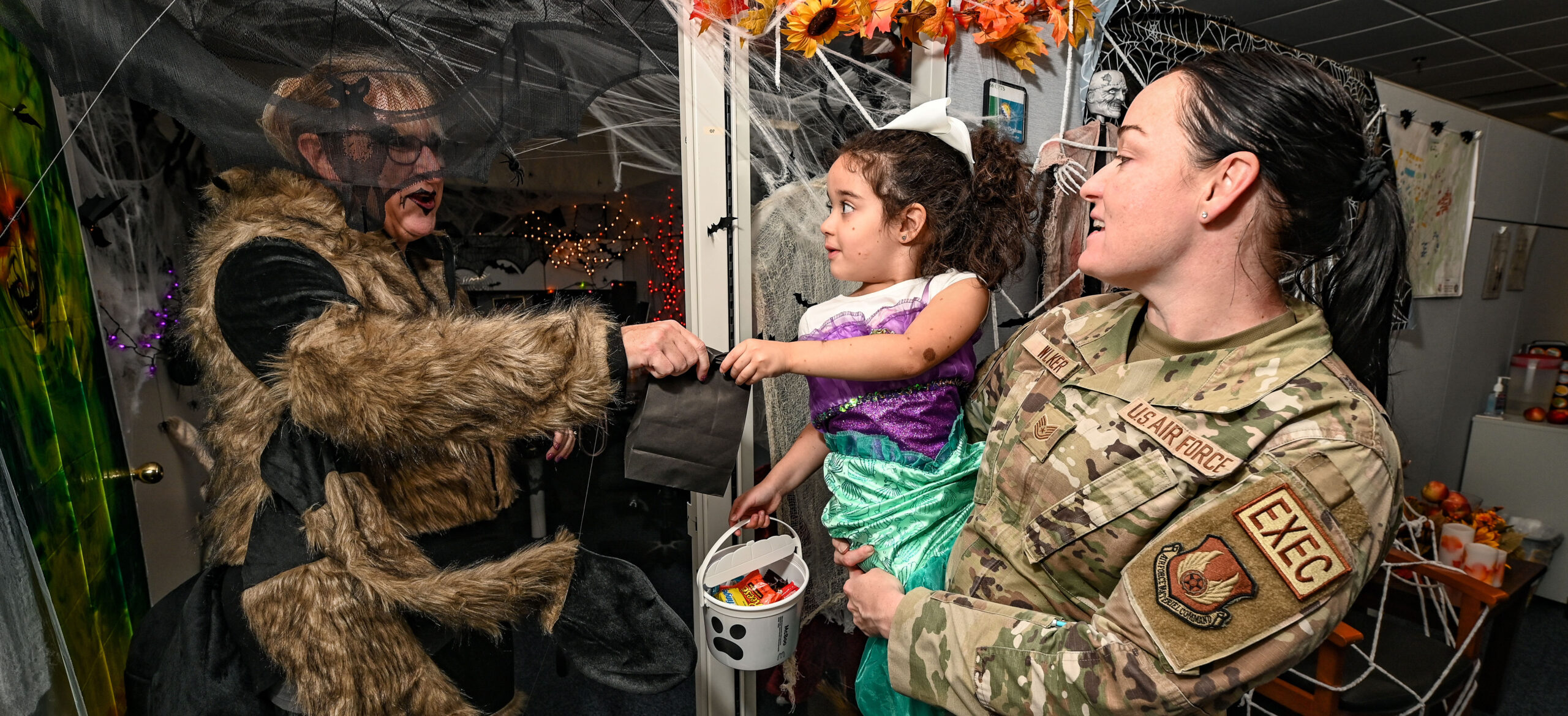Written by: Rachel Brauner
Each year, as the leaves change color and the air turns crisp, communities across the globe eagerly prepare for the spooky, delightful festivities of Halloween. It’s a time when neighborhoods come alive with decorations, laughter, and the promise of sugary treasures. But, as we revel in the spirit of the season, it’s crucial to remember that the Halloween magic should be accessible to all. In this article, we delve into the art of creating an accessible Halloween experience for individuals with disabilities, a path toward ensuring that every member of our community can join in the excitement of this enchanting day.
Here are some tips to make your Halloween celebration accessible:
- Decorations: Ensure that decorations and pathways are accessible to individuals with mobility aids such as wheelchairs or walkers. Avoid obstructing walkways with decorations or obstacles.
- Well-Lit Areas: Adequate lighting can help individuals with visual impairments navigate your space. Use well-placed, bright lights to illuminate walkways and key areas.
- Sensory Considerations: Be mindful of sensory sensitivities. Some people with disabilities, like those with autism spectrum disorders (ASD), may be sensitive to loud noises, flashing lights, or certain textures. Consider using softer lighting and quieter decorations.
- Treat Distribution: Ensure that trick-or-treaters can easily access candy. Consider using a table at a comfortable height or having someone on hand to help distribute treats if needed.
- Alternative Treat Options: Offer alternative treats for those with dietary restrictions or allergies. Non-food items like stickers, small toys, or glow sticks are great alternatives.
- Communication Boards or Signs: Provide clear, easy-to-read signs with important information, such as where the accessible entrance is located or any sensory-friendly areas.
- Costumes: Encourage costume creativity. Some individuals with disabilities may have specific clothing requirements or sensory sensitivities, so ensure that costumes are not restrictive or uncomfortable.
- Activities: Plan activities that can be enjoyed by all, such as a pumpkin decorating station, a costume contest, or a spooky story corner. Be sure these activities are adaptable to various abilities, language proficiencies, and literacy levels.
- Quiet Spaces: Set up a quiet, calm space for individuals who need a break from the sensory overload of the event.
Remember that accessibility is about making everyone feel welcome and comfortable. By considering the needs and preferences of individuals with disabilities, you can create a Halloween event that is enjoyable for all.
References
Brauner, R., & Crocker, A. 2022. Tips for an Inclusive Halloween for Children with Special Needs. OneOp. https://oneop.org/2022/10/12/tips-for-an-inclusive-halloween-for-children-with-special-needs/
Finke, B. 2017. 7 Halloween Tips for Kids with Disabilities. Easterseals. https://blog.easterseals.com/7-halloween-tips-for-kids-with-disabilities/
Imhoff, J. 2019. Tips for Making Halloween Disability-Friendly. Michigan Medicine. University of Michigan. https://www.michiganmedicine.org/health-lab/tips-making-halloween-disability-friendly
Photo Credit: DVIDS Photo ID: 7489595













